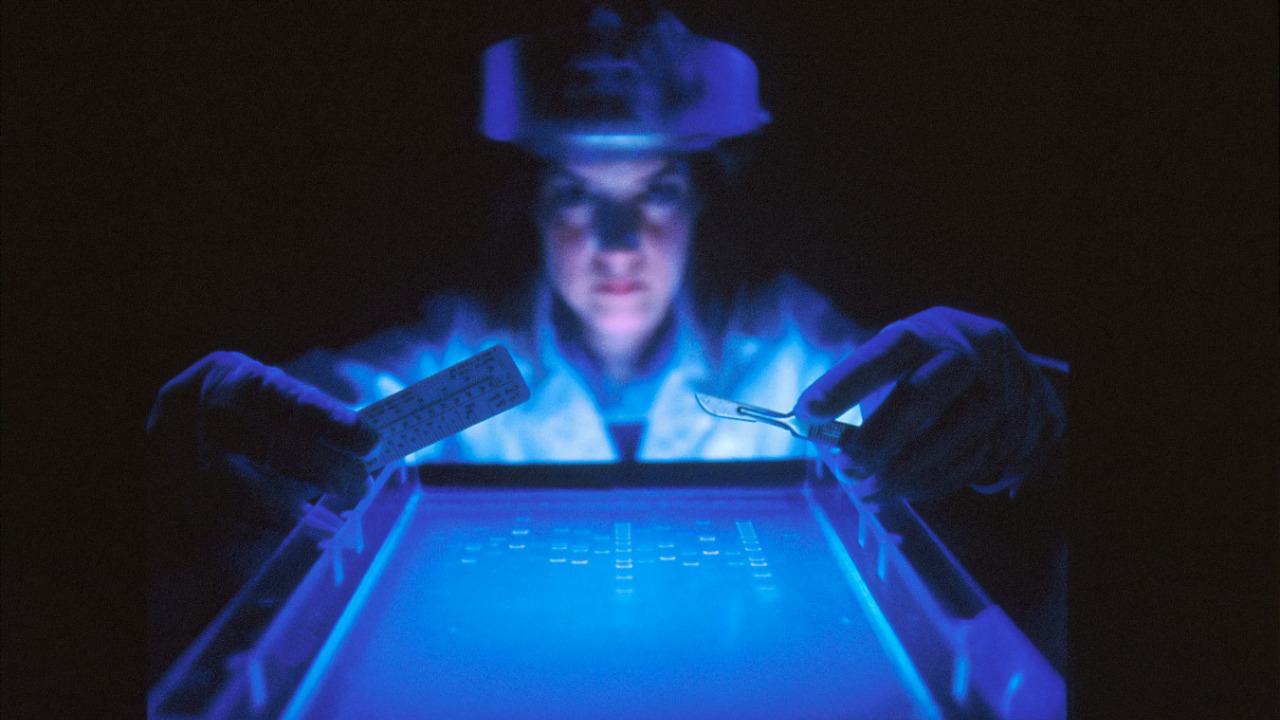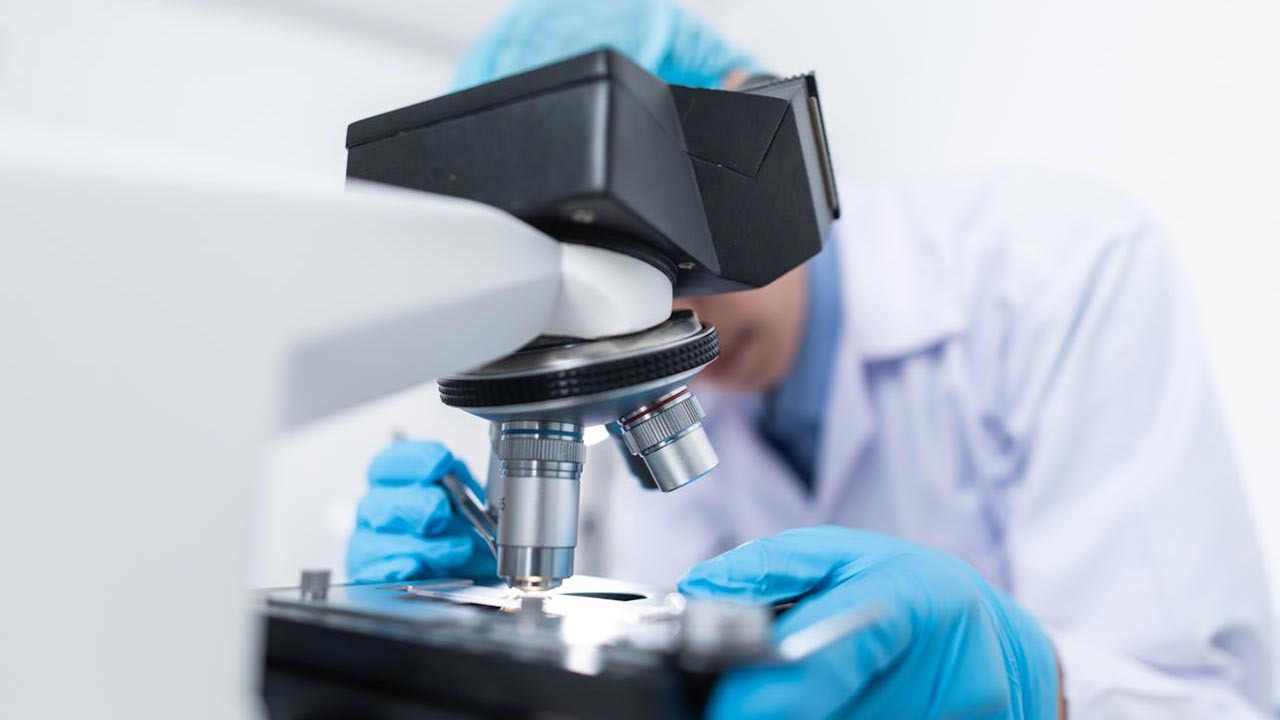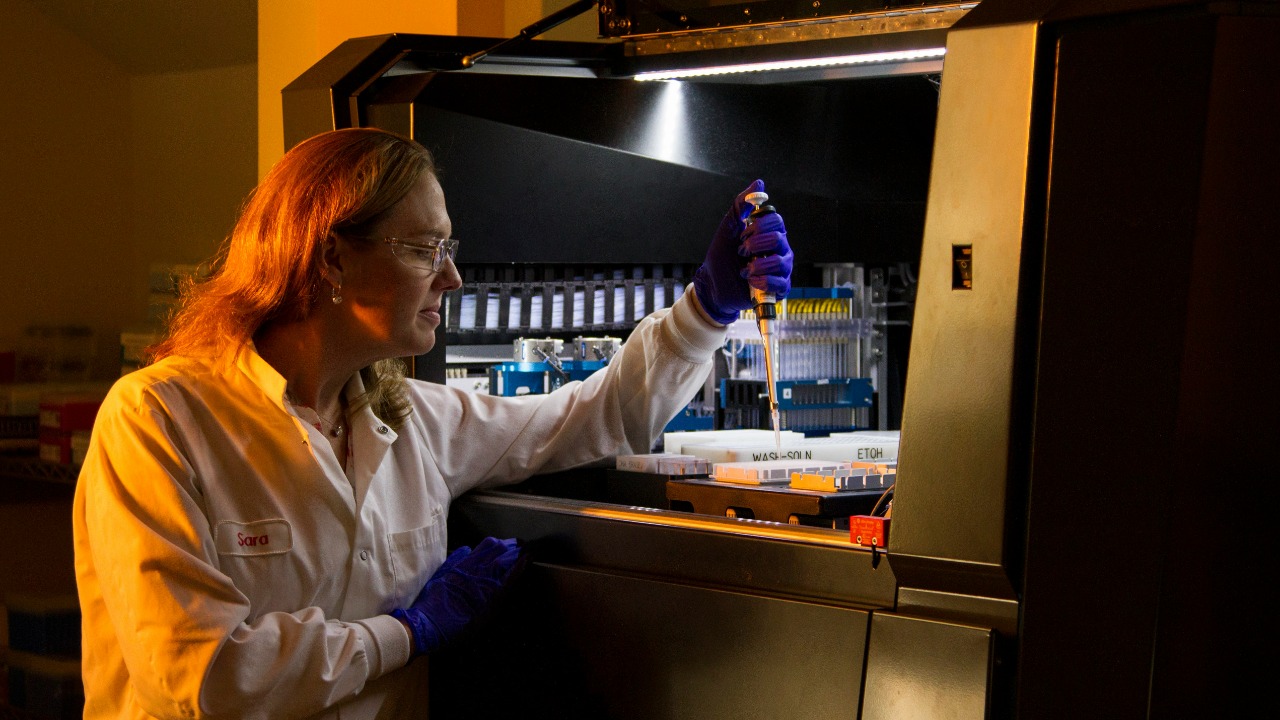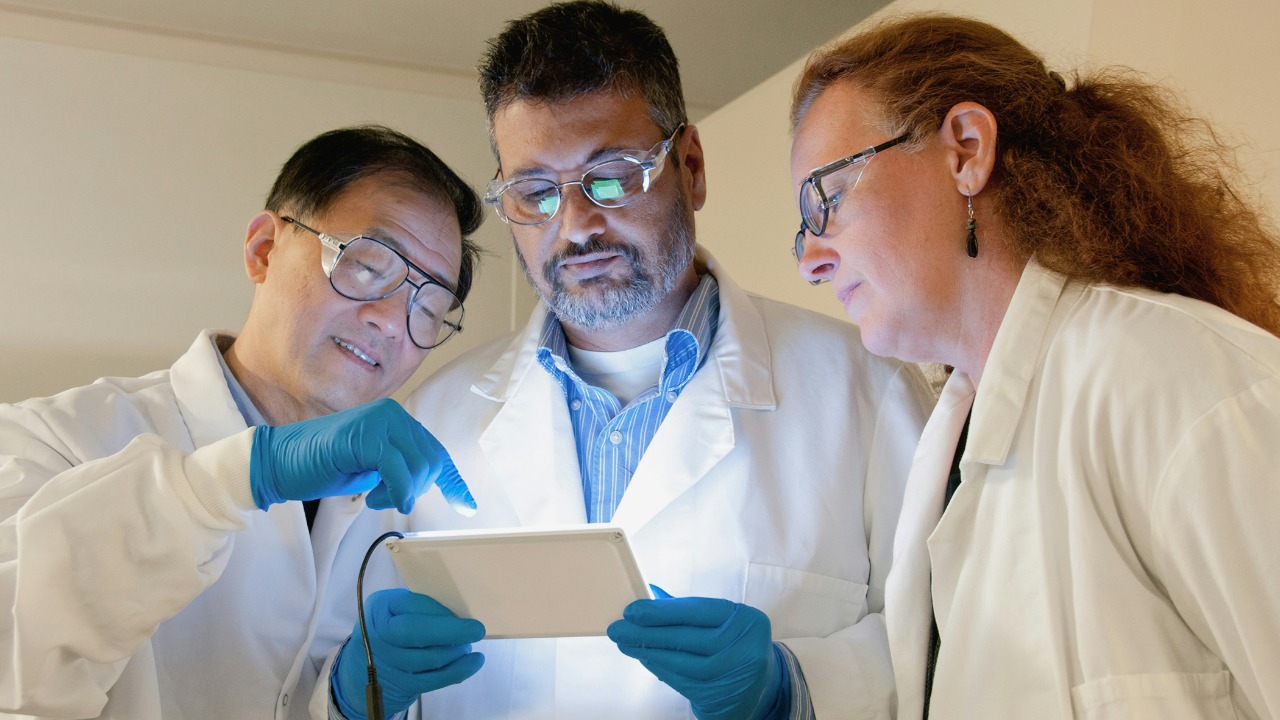
Scientists have recently discovered an innovative approach to data storage by harnessing the natural capabilities of DNA. This groundbreaking method promises to revolutionize how we store vast amounts of information, offering a solution that is both efficient and sustainable. By modifying DNA to enhance its storage capacity, researchers are paving the way for a new era in data technology.
The Science Behind DNA Data Storage

DNA, the fundamental building block of life, has long been recognized for its incredible ability to store biological information. Researchers are now leveraging this natural capability to encode digital data within DNA strands. The process involves translating binary code into the four nucleotide bases—adenine, thymine, cytosine, and guanine—that make up DNA. This conversion allows for the storage of vast amounts of data in a remarkably compact form. Recent advancements in DNA modification have significantly improved the speed and efficiency of this process, making it a viable alternative to traditional storage methods.
One of the most exciting breakthroughs is the ability to store data 350 times faster than previous methods, thanks to cutting-edge DNA modification techniques. These advancements have been achieved by optimizing the way DNA strands are synthesized and read, allowing for quicker data encoding and retrieval. When compared to conventional digital storage systems, DNA data storage offers unparalleled efficiency and capacity. For instance, a single gram of DNA can theoretically hold up to 215 petabytes (215 million gigabytes) of data, a feat unattainable by today’s most advanced hard drives.
Innovative Techniques and Technologies

The development of DNA data storage has been propelled by innovative techniques inspired by cellular processes. Researchers have drawn from the natural mechanisms of DNA replication and repair to devise methods for encoding and retrieving data more efficiently. This approach has led to the creation of new modification techniques that streamline the data storage process, making it more accessible and practical for widespread use.
A significant contributor to this field is Harvard University, where scientists have been at the forefront of developing practical applications for DNA storage. Their research has focused on overcoming the technical challenges associated with data encoding and retrieval, such as error rates and data stability. By addressing these issues, Harvard researchers are paving the way for DNA data storage to become a mainstream technology.
However, the journey toward widespread adoption is not without its hurdles. Ethical and technical challenges abound, from ensuring data security to managing the potential environmental impacts. Researchers are actively working to address these concerns, ensuring that the transition to DNA-based storage systems is both responsible and sustainable.
Applications and Implications

The potential applications of DNA data storage are vast and varied, with industries such as biotechnology, information technology, and data management standing to benefit significantly. For instance, in biotechnology, DNA storage could be used to archive vast amounts of genetic information, facilitating research and development in personalized medicine. In the IT sector, companies could leverage DNA storage to manage large datasets more efficiently, reducing the physical space required for traditional storage systems.
One of the most promising aspects of DNA data storage is its potential for long-term data preservation. Unlike traditional storage media, which can degrade over time, DNA offers a stable and secure medium for archiving critical information. This capability is particularly valuable for institutions that require reliable long-term storage solutions, such as libraries and government agencies. The potential to store data securely for thousands of years makes DNA an attractive option for preserving humanity’s collective knowledge.
Moreover, DNA data storage presents an environmentally friendly alternative to electronic waste. As digital consumption continues to rise, so does the amount of electronic waste generated by outdated storage devices. By transitioning to DNA-based storage systems, companies and individuals can significantly reduce their environmental footprint, contributing to a more sustainable future. This shift aligns with global efforts to minimize electronic waste and its impact on the planet.
Future Prospects and Research Directions

The future of DNA data storage is bright, with researchers actively exploring ways to scale up the technology for commercial and global use. The key to this expansion lies in developing cost-effective methods for DNA synthesis and sequencing, making the technology accessible to a broader audience. As these processes become more affordable, the potential for DNA storage to revolutionize data management on a global scale becomes increasingly feasible.
Interdisciplinary collaboration is essential in advancing this innovative technology. Scientists, technologists, and ethicists must work together to navigate the complexities of DNA data storage and address the challenges it presents. By fostering collaboration across various fields, researchers can ensure the responsible development and implementation of DNA storage systems, paving the way for a new era in data technology.
As we look to the future, the landscape of data preservation is set to evolve dramatically. With DNA data storage at the forefront of this evolution, we can expect to see significant advancements in how we manage and access information. This transformation promises to enhance our ability to preserve and share knowledge, opening new possibilities for innovation and discovery in the digital age. The journey is just beginning, and the potential for DNA to redefine data storage is limitless.